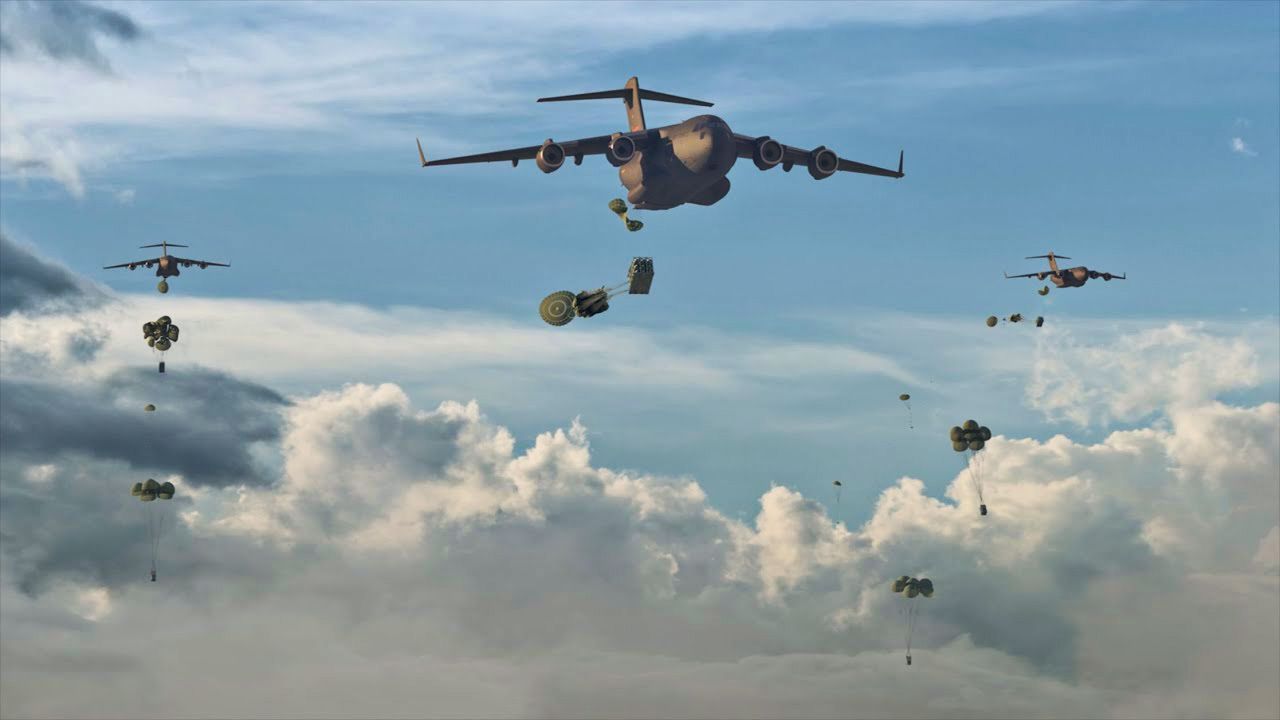SOURCE: AFI


The Indian Air Force (IAF) is constantly evolving to meet the demands of modern warfare, exploring new methods to enhance its operational capabilities. One innovative approach is to procure the Embraer C-390M Millennium transport aircraft and convert it into a mini aerial bomber capable of launching the Nirbhay cruise missile and Air-Launched Unmanned Aerial Vehicles (ALUAVs).
This concept, while unconventional for a transport aircraft, holds significant potential for providing the IAF with a cost-effective and flexible strike platform. This article delves into how the C-390M could be transformed into a dual-role platform, capable of operating as both a transport and strike aircraft, and the strategic advantages it offers.
The C-390M Millennium is a medium-sized military transport aircraft designed by Brazilian aerospace company Embraer. It is highly versatile, capable of performing various roles such as troop and cargo transport, medical evacuation, and aerial refueling. Its flexible cargo hold, strong structural design, and long range make it an ideal candidate for conversion into a platform that can carry and launch long-range precision weapons like the Nirbhay cruise missile and air-launched UAVs (ALUAVs).
The C-390M can carry up to 23 tonnes of payload, providing enough capacity to house and deploy multiple Nirbhay cruise missiles or ALUAVs. The C-390M has an operational range of 2,815 km (without refueling) and is capable of mid-air refueling. This provides extended endurance for long-range strike missions, especially when modified to carry cruise missiles.
Its spacious cargo hold can be modified to house launch systems for missiles and UAVs, similar to modifications done on other cargo planes, like the U.S. Air Force’s MC-130 for launching AGM-158 JASSM missiles.
The Nirbhay is India’s subsonic long-range cruise missile with a range of approximately 1,500 km. It is capable of carrying both conventional and nuclear warheads. The C-390M can be modified to deploy the Nirbhay from its rear cargo ramp in much the same way that the U.S. military uses transport aircraft to launch cruise missiles like the AGM-158 from MC-130s or other platforms.
The C-390M’s cargo hold can be retrofitted with modular launch pods that can be pre-loaded with Nirbhay missiles. These pods can be designed to roll out of the cargo ramp before missile ignition. The launch sequence would require minimal modifications to the airframe, involving the installation of launch control systems within the aircraft and securing the modular pods for stable release.
A dedicated launch control system would be integrated into the cockpit, allowing pilots to release the missiles at the desired altitude and coordinates. Similar systems have been successfully integrated into platforms like the MC-130 for launching precision-guided missiles.
Launching the Nirbhay cruise missile from a C-390M offers the ability to perform stealthy long-range strikes against enemy targets deep within hostile territory. The C-390M’s range allows it to operate from airbases far from the conflict zone while still delivering its payload effectively.
The concept of Air-Launched UAVs (ALUAVs) is rapidly gaining traction as an integral part of modern aerial warfare. UAVs can serve various purposes, including reconnaissance, electronic warfare, or as loitering munitions (kamikaze drones). The C-390M can be outfitted to carry and deploy UAVs from its cargo hold, making it a “drone mothership.”
The interior of the C-390M can be configured to carry multiple UAVs within dedicated racks. These UAVs can be launched mid-air from the cargo bay, where they are deployed via parachute-assisted drops or launched using catapult mechanisms.
The IAF could integrate ALUAV systems specifically designed to be carried and launched from larger platforms like transport aircraft. These UAVs could be used for swarm tactics, with multiple drones released simultaneously to overwhelm enemy air defenses or provide persistent ISR (Intelligence, Surveillance, and Reconnaissance) over an area.
The ALUAVs deployed from the C-390M could act as mini-bombers themselves. UAVs like India’s indigenous SWiFT or Ghatak UCAV could be equipped with precision-guided munitions and deployed from the C-390M for deep-strike missions. The UAVs can fly into hostile airspace undetected and carry out precision strikes on enemy radar installations, communication hubs, or even high-value military assets.
Converting the C-390M into a missile-launching and UAV-deploying platform offers a low-cost solution compared to purchasing new bomber aircraft. The dual-use nature of the aircraft allows it to serve as both a transport aircraft and a strike platform.
The C-390M’s ability to quickly switch between transport and strike missions provides the IAF with a highly flexible platform. During peacetime, it can operate as a standard transport aircraft, while in wartime, it can be rapidly reconfigured for combat roles.
With the ability to launch long-range cruise missiles like the Nirbhay and deploy UAVs for both reconnaissance and strike missions, the C-390M provides the IAF with an extended strategic reach without requiring a dedicated bomber fleet.
The procurement and conversion of the C-390M transport aircraft into a mini aerial bomber capable of launching Nirbhay cruise missiles and ALUAVs could be a game-changer for the IAF. It offers a cost-effective, flexible, and scalable solution for boosting India’s long-range strike capabilities. By repurposing a transport aircraft for strike roles, the IAF could create a versatile platform capable of performing both transport and combat missions, enhancing its operational readiness in a rapidly evolving strategic environment.